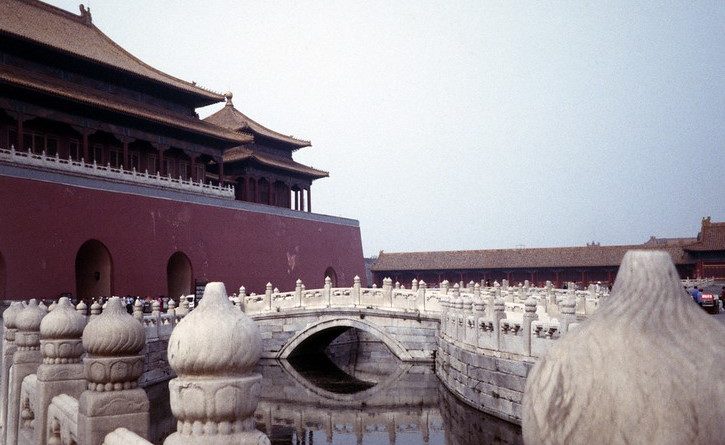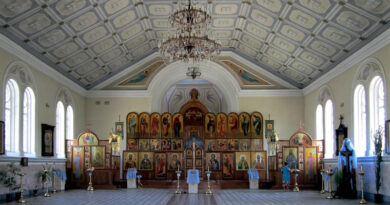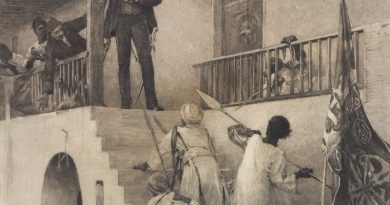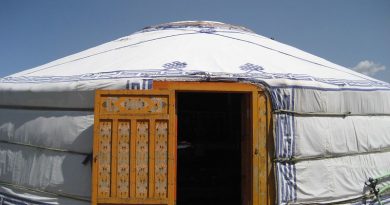Forbidden City
The Forbidden City in Beijing is perhaps China’s most historic landmark- rivalled only by the Great Wall. It was actually built in the 15th century for the Ming Dynasty emperors ,when they moved their capital from Nanjing but the newly installed Manchu dynasty emperors carried on the tradition.
The 9,000 rooms of the Forbidden City served as the home of emperors and their households as well as the ceremonial and political centre of Chinese government for almost 500 years.
Constructed from 1406 to 1420, the complex consists of 980 buildings , covering 72 hectares (over 180 acres) which is surrounded by a 33ft high wall and a 170 foot wide moat.
Within the walls an Inner and Outer Court are aligned along a central north south axis.
The Outer Court or Front Court includes the southern sections, and was used for ceremonial purposes and the Inner Court or Back Palace includes the northern sections, and was the residence of the Emperor and his family, and was used for day-to-day affairs.
Entering from the Meridian Gate, one encounters a large square, pierced by the meandering Inner Golden Water River, which is crossed by five bridges.
Beyond the square stands the Gate of Supreme Harmony Behind that is the Hall of Supreme Harmony Square. A three-tiered white marble terrace rises from this square. Three halls stand on top of this terrace, the focus of the palace complex.
The Hall of Supreme Harmony was used by the Emperor to receive officials and was built by emperor Jang Xi in 1695 . It is the largest of the Forbidden city halls -and the largest surviving wooden structure in China.
The Hall of Central Harmony is a smaller, square hall, used by the Emperor to prepare and rest before and during ceremonies. Behind it, the Hall of Preserving Harmony, was used for rehearsing ceremonies, and was also the site of the final stage of the Imperial examinations.
All three halls feature imperial thrones, with the largest and most elaborate one being in the Hall of Supreme Harmony.
The Forbidden City was declared a World Heritage Site in 1987, and is listed by UNESCO as the largest collection of preserved ancient wooden structures in the world.




